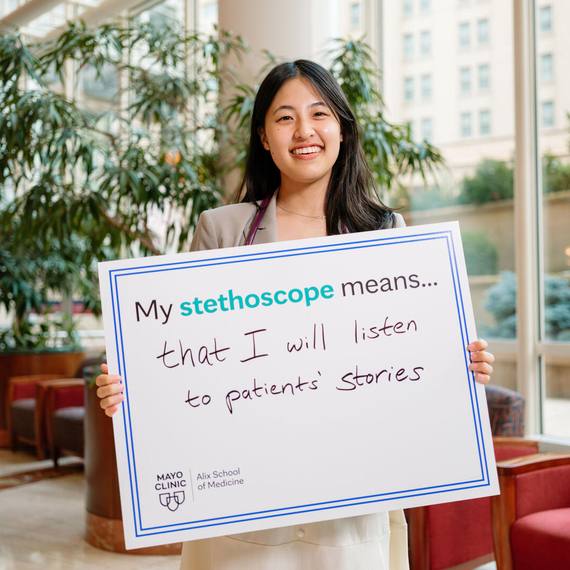-
Shaping the future of breast cancer care–one trainee at a time
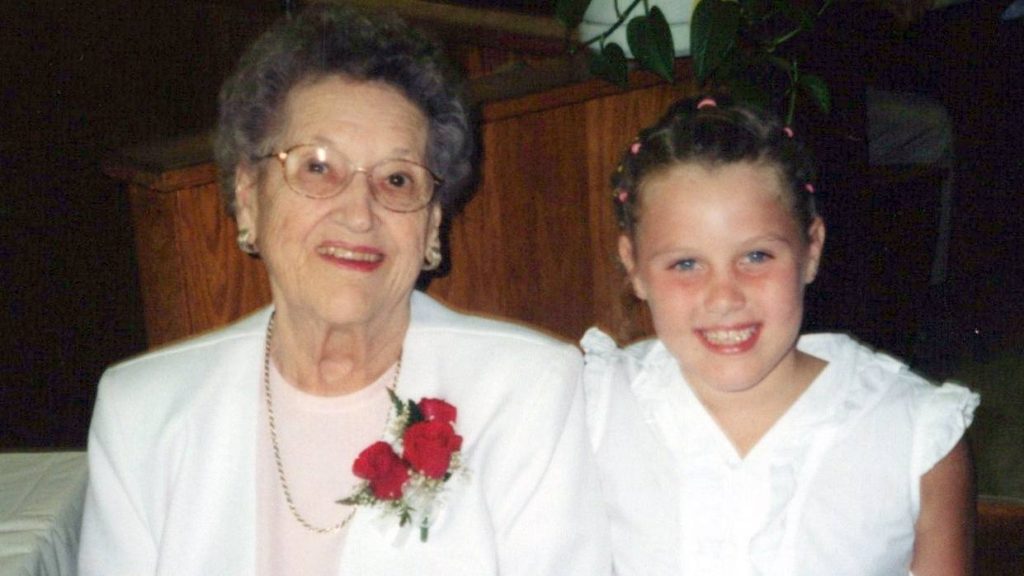
Tailor Hofman, originally from St. Peter, Minnesota, was in middle school when her great-grandmother was diagnosed with breast cancer and underwent a mastectomy.
"My great-grandma and I shared a close bond," Hofman says. "Her experience had a significant emotional impact on our family, particularly because we're a family of many women."
Years later, Hofman was inspired to train for a career where she could help other women through breast cancer screening. She applied to the radiography program at Mayo Clinic School of Health Sciences to become a radiologic technologist — also known as a radiographer — working with doctors in assessing and evaluating patients, often using breast imaging.
Across the schools of Mayo Clinic College of Medicine and Science, programs are training future leaders in approaches that address the breast cancer journey, from the first moment of screening to the years after a diagnosis. Often inspired by the cancer diagnoses of family and friends, students are learning cutting-edge approaches and bringing Mayo Clinic's primary value — the needs of the patient come first — to breast cancer care.
Making a difference in testing and treatment
Today, Hofman's work as a Mayo Clinic radiographer allows her to build relationships with patients starting from their first screenings.
"The team in breast imaging has unique insight into the care they provide," says Jessica Lodermeier, director of the radiography program in Rochester, Minnesota, which graduates up to 34 students a year. "They understand the emotional stress and anxiety that can accompany this very important yearly exam for women."
Radiographers perform medical exams using X-rays and other technology to create images that are interpreted by doctors for diagnosis and treatment of disease. Mayo's program allows them to add specialized training in magnetic resonance imaging (MRI), computerized tomography (CT), mammography and other areas.
The School of Health Sciences has radiography programs on Mayo campuses in Rochester and Florida and offers a radiography internship program in Arizona. Instructors are experienced radiologic technologists, working side by side with students to share their expertise.
"Our faculty is devoted to each student learner, and building on their interests in specific areas, such as various breast imaging technologies," says Lodermeier, who is also an alumna of the program. "For many students who choose radiography, it's to make a difference — caring for patients by assisting in testing and treatment of breast cancer and other serious diseases."
Combining advanced techniques and compassionate care
Programs at Mayo Clinic also are training clinicians in specialized care for patients with breast cancer. One such program is a fellowship that focuses on breast imaging, offered through Mayo Clinic School of Graduate Medical Education. A fellowship program exists on each of Mayo's campuses, admitting a total of about six trainees a year.
Fellows learn numerous advanced imaging technologies, including modalities not offered at many institutions, such as contrast-enhanced digital mammography (CEDM) and molecular breast imaging (MBI). These approaches can improve cancer detection.
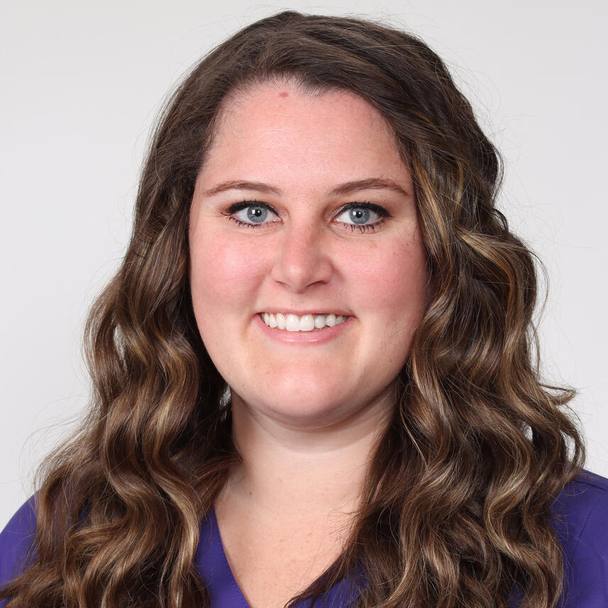
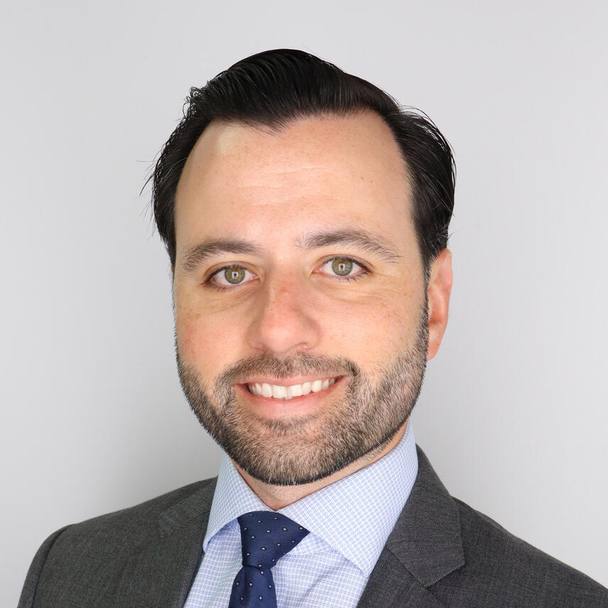
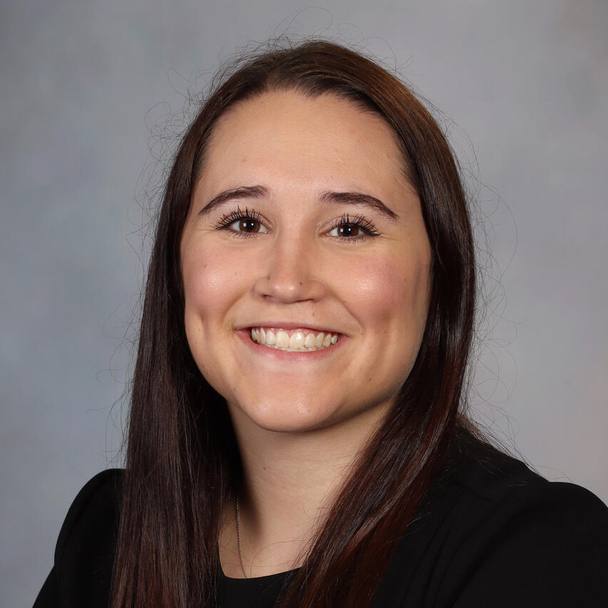
In Florida, the Breast Imaging Fellowship program — which accepts one fellow a year — involves rigorous training rotations that take place in the state-of-the-art facilities of the Duan Family Building. The training emphasizes compassion, says program director Kristin Robinson, M.D. Among recent trainees in Florida was Michael Villalba, D.O., who completed the program and was hired to join Mayo staff as a physician in diagnostic radiology specializing in breast imaging.
The compassionate care Dr. Villalba provided during a biopsy made an impression on patient Shelley Norwood. "His passion shines through in how he engages with patients," Norwood says. "You can see it in his face and hear it in his voice. He exemplifies the Mayo mission and values."
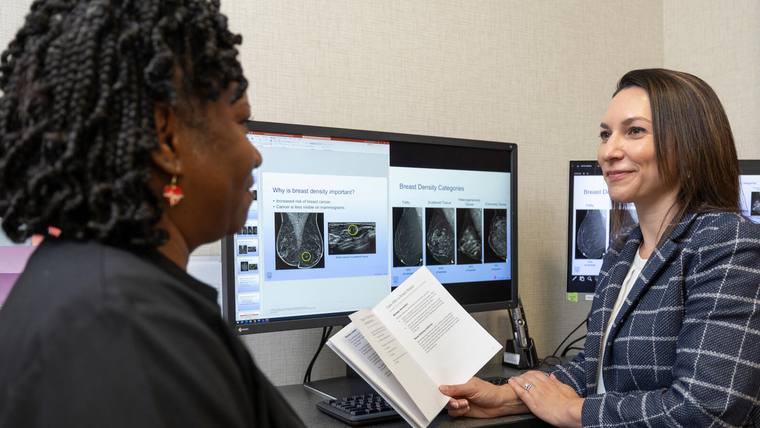
This approach is embedded in the fellowship training, says Dr. Robinson. "We're not just reading images,” she says. "We're caring for people."
Improving outcomes for patients
Mayo is also training students who have an eye on patients' futures. Anna Detry is a fourth year Ph.D. student at Mayo Clinic Graduate School of Biomedical Sciences. Training under the mentorship of cancer researcher John Hawse IV, Ph.D., she aims to improve outcomes for patients who have recurrent breast tumors that have become resistant to treatment.
Detry took interest in studying breast cancer after family friends faced cancer diagnoses. Her studies focus on a form of breast cancer classified as estrogen receptor positive (ER+), which is usually treated effectively by drugs that block estrogen pathways. However, when tumors do recur, they may no longer respond to the same treatments.
So far, her research has identified a previously unstudied protein, highly prevalent in metastatic ER+ tumors, that appears to help recurrent tumors thrive. "We're looking specifically at that protein to figure out how it's driving drug resistance and how we can target it," says Detry. The research team is now testing approaches to disable or eliminate the protein and restore the tumor's sensitivity to treatment.
Interacting with clinician collaborators at Mayo Clinic has helped shape Detry's thinking as a researcher-in-training who's zeroed in on what's next for patients. "When I was applying to graduate school, what drew me to Mayo was the patient-centric focus of everything, even very basic science studies," she says. "Being in a hospital setting and working with clinicians here constantly keeps the patient centered in all our work and in the forefront of our minds."






